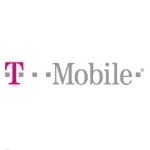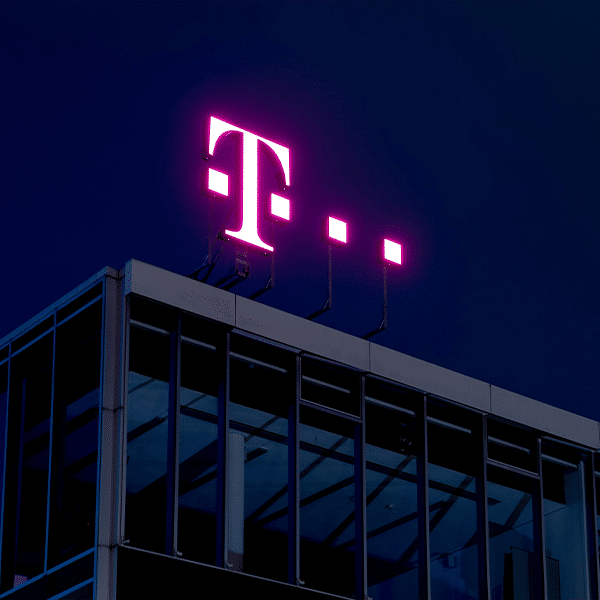 T-Mobile has completed testing of Narrowband-IoT on a live network in Las Vegas and, in conjunction with the city, is introducing IoT-based municipal services. T-Mobile NB-IoT could be a linchpin for ubiquitous IoT services.
T-Mobile has completed testing of Narrowband-IoT on a live network in Las Vegas and, in conjunction with the city, is introducing IoT-based municipal services. T-Mobile NB-IoT could be a linchpin for ubiquitous IoT services.
“Connecting the IoT — and virtually everything — requires wireless technologies that can scale up to high-performance IoT and also scale down to low complexity IoT application needs,” said Vieri Vanghi, the Vice President of Product Management for testing partner Qualcomm Technologies, Inc., in T-Mobile’s press release. “New LTE narrowband technologies support lower power consumption, improved coverage, and increased device density.”
Ericsson also participated in the testing, which was conducted on multiple live, commercial sites in 200 KHz of Advanced Wireless Service (AWS) spectrum. The press release offered no details on test results.
One of the exciting elements of IoT is the almost endless list of useful tasks it can perform. Many of these are mundane and formerly were done manually — or not at all.
T-Mobile NB-IoT
Las Vegas and T-Mobile also announced the use of IoT and Narrowband IoT to serve the city and its residents. The three services called out for mention in the press release are flood and storm drainage sensors, smart city lighting and environmental monitoring. The functions first will be offered in the Las Vegas Innovation District, which is just off the casino strip.
Many factors will determine if the IoT ultimately fulfills the lofty ambitious set for it. One of those will rest on networks’ ability to efficiently reach what eventually will be billions of sensors and other end points deployed in everything from fitness wearables to temperature monitors in refrigerated shipping containers to equipment on factory floors. This is a gargantuan task, which is complicated by the fact that many of these sensors are difficult or impossible to reach.
NB-IoT is one of several network overlays aimed at serving difficult to reach, low power end points that only require rudimentary functionality, such as reporting when a parameter (such as the temperature of the refrigerated container) is breached.
T-Mobile, which fashions itself as the “Un-carrier,” goes its own way on marketing and technology. Most noteworthy is its approach to 5G, which focuses on starting with established lower frequency wavelengths and moving to technically challenging millimeter wavelengths later. This could enable the carrier to offer 5G services as early as 2019. The IoT will be an element of these initiatives.


